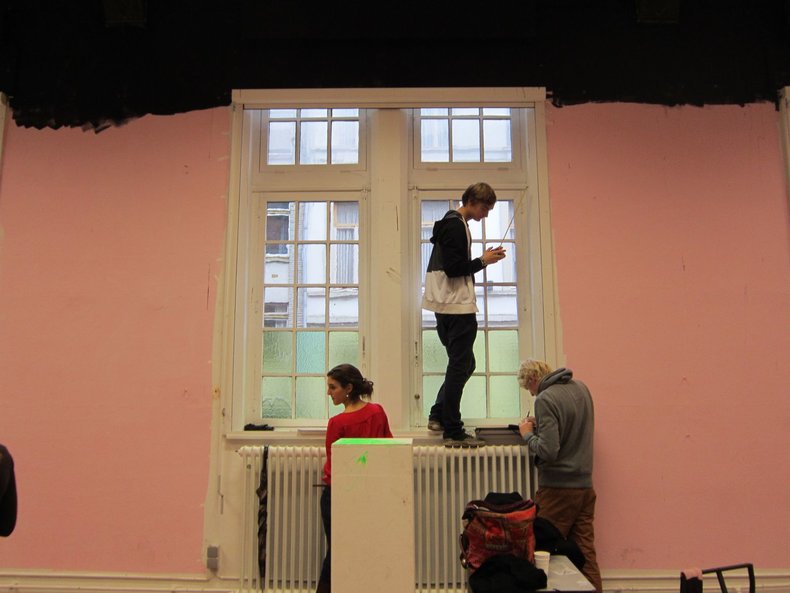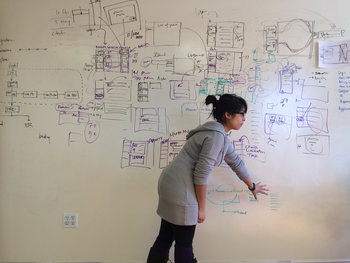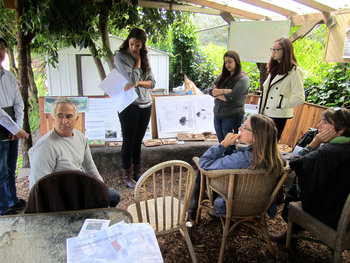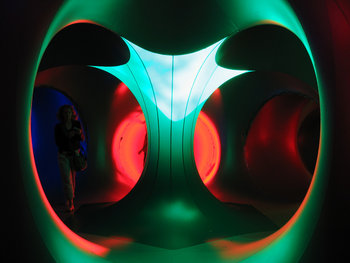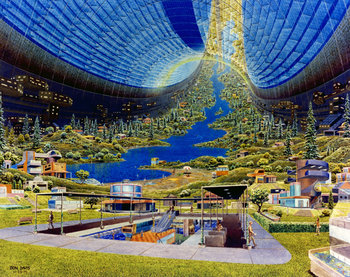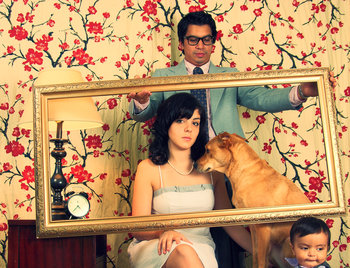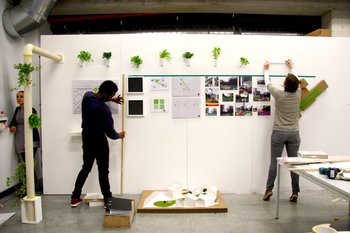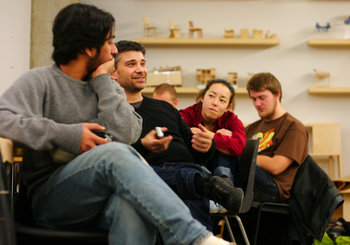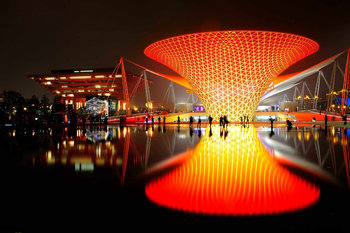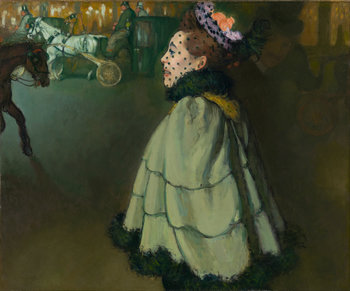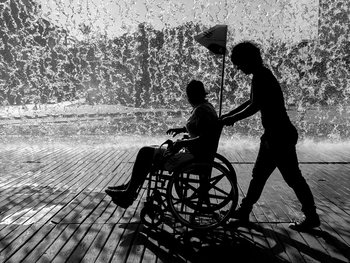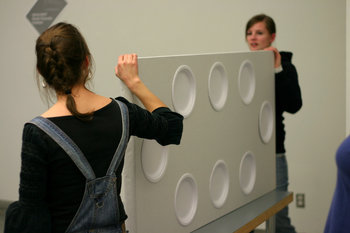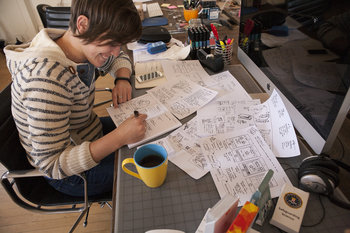|
| |
Design thinking is the process of creating new things to solve problems. Systems thinking is the use of big-picture thinking.Building-up vs Breaking-downDesign thinking is a process of synthesis. This means that it approaches problems by building things up and creating.Systems thinking is most often associated with analysis. This is the process of breaking things down into their component parts in order to understand them. In theory, systems thinking can also use synthesis but in practice it tends to be more on the analysis side of things.
Narrow vs WideSystems thinking looks at end-to-end impacts of strategies to consider effects such as unintended consequences. Design thinking potentially, but not necessarily, has a more narrow focus. As an example, systems thinking might look at a new product for its impact on the competition, your brand, customers, financial performance and operations considering opportunity costs in each area. Design thinking might be focused on creating a product that customers will like without much thought for secondary impacts.
RelationshipThere isn't a strong relationship between design thinking and systems thinking. They aren't opposites nor do they have much in common. They aren't mutually exclusive and can be used together to solve problems. |
| Design Thinking | Systems Thinking | Definition | The use of synthesis to create value and solve problems. | Thinking about strategy from an end-to-end perspective that considers broad implications. | Primarily Associated With | | |
Next: Systems Thinking
More about design thinking:
If you enjoyed this page, please consider bookmarking Simplicable.
A list of design thinking techniques with examples.
A definition of silent design with a few examples.
An overview of design driven organizations, development and innovation.
A list of common creative thinking techniques.
The common types of design innovation.
The definition of speculative design with examples.
The definition of design fiction with examples.
An overview of critical thinking with examples.
The definition of visual thinking with examples.
The definition of abstract concept with examples.
A comprehensive guide to design.
An overview of color theory.
The difference between layout and composition.
The difference between modeless and contextual user interfaces explained.
A list of common types of design.
The steps in a design process.
The common types of design quality.
A definition of universal design with examples.
A definition of sensory design with examples.
An overview of emotional design.
The definition of elegance with examples.
TrendingThe most popular articles on Simplicable in the past day.
Recent posts or updates on Simplicable.
Site Map
© 2010-2023 Simplicable. All Rights Reserved. Reproduction of materials found on this site, in any form, without explicit permission is prohibited.
View credits & copyrights or citation information for this page.
|
